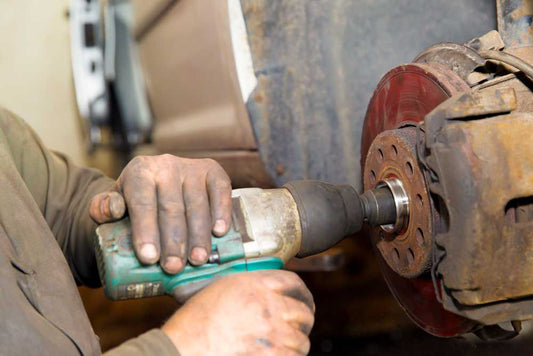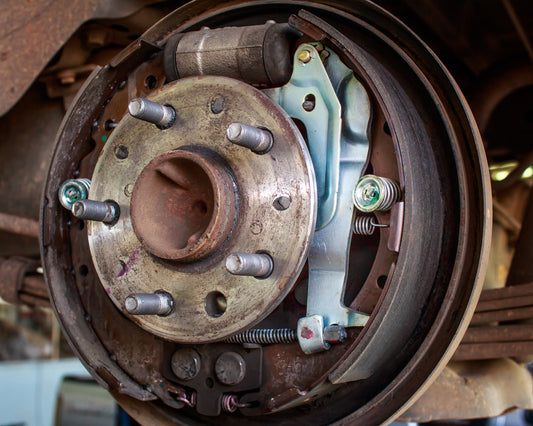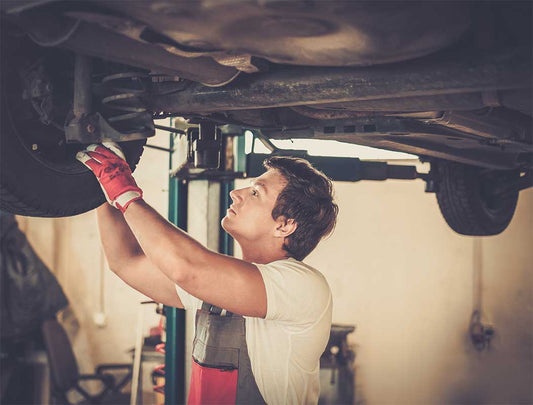Irregular pad wear, low brake pedals, and brake fluid leaks are all potential problems when it comes to front brake pad wear. This article will go over the causes and solutions to premature front pad wear and how to perform a caliper inspection.
Caliper Inspection Tips
The design of the caliper is such that it can suffer any number of failures. The symptom caused will depend on the type of failure. Here is a break-down:
- Seized sliders – symptoms: irregular pad wear on rear, premature front pad wear and lack of stopping power and possibly low pedal
- Lack of adjustment – symptoms: low brake pedal and premature front pad wear
- Piston cup seal leaking – symptom: fluid leak seepage from piston vent and possibly friction contamination from brake fluid
Solution
A thorough inspection of the rear dis calipers will determine if they are functioning as designed. Follow the steps below:1. When possible, apply the parking brake and check if either of the rear wheels will rotate. When one or more parking brake cables prevent this from being done, use a pair of channel locks to apply each caliper’s parking brake. In the case of either rotor being able to rotate with the parking brake applied then self adjustment has not been taking place. If both parking brakes are working properly go to step 3. If not, proceed to next step. 2. One or both wheels spin with parking brake applied – if the parking brake system works pump parking brake several times while holding the release lever. This should self adjust the rear calipers. If parking brake system is not functioning, apply and release each caliper’s parking brake lever several times using a pair of channel locks. Recheck parking brake function. If parking brake now holds the wheels go to next step. If one or both wheels still rotate with parking brake applied caliper replacement is necessary. It is advisable to replace calipers in pairs. 3. Parking brake holds properly. Remove calipers and check slide pins for free movement. If any of the slide pins are seized calipers should be replaced (See Figure 36.1). If any of the slide pins are sticking slider service should be performed or the option of caliper replacement offered to the customer. When all the pins move freely they should be lubed as part of the service. Go to next step.

Lorem ipsum dolor sit amet, consectetur adipiscing elit. Ut elit tellus, luctus nec ullamcorper mattis, pulvinar dapibus leo.

More Mechanical Help
Lorem ipsum dolor sit amet, consectetur adipiscing elit. Ut elit tellus, luctus nec ullamcorper mattis, pulvinar dapibus leo.
Facebook Group
More Articles




